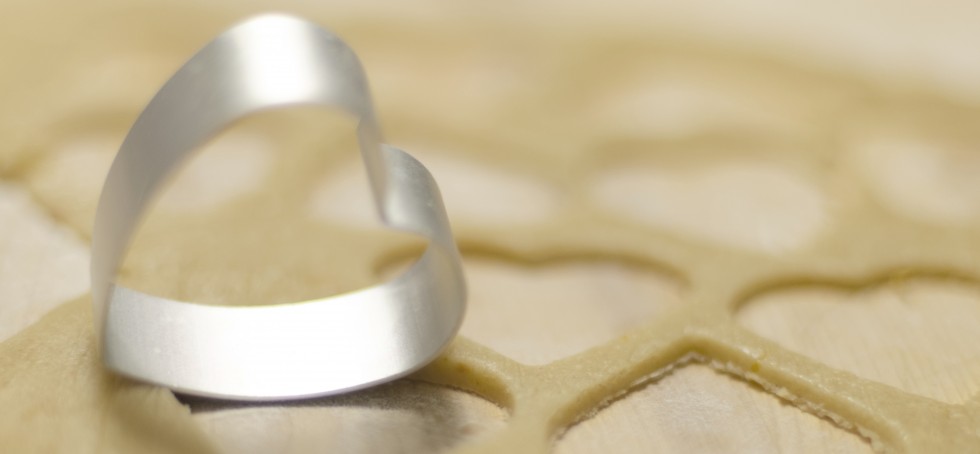
Here I am, writing my blog again. I have already been working remotely for 2 weeks due to the Coronavirus outbreak. State announced the “Safer-At-Home” order on March 19, so all of us are now home 24/7. As of today, USA has 331,234 confirmed cases, this number is rising rapidly. Besides purchasing necessities at the markets, cleaning, cooking or baking is a good way to kill time.
This Hawaiian-style chex mix is incredibly addictive, it is very crunchy with a combination of sweet and savory taste. It is perfect to have for parties, gatherings and even for just the family! Get your youngsters to bake together and have some family quality time!
Ingredients:
| 2 cups | Rice Chex |
| 2 cups | Corn Chex |
| 2 cups | Wheat Chex* |
| 2 cups | Pretzel |
| 1.5 cups | Gardetto’s Garlic Rye chips |
| 170g | Butter |
| ¼ cup | Honey |
| ½ cup | Brown sugar |
| 1 Tbsp | Soy sauce |
| 1 Tbsp | Worcestershire sauce |
| 1 bottle (about 2oz) | Furikake seaweed |
* The Chex mix could be any combination of rice/corn/wheat. Wheat is more flat and hard in texture.

Method:
- Preheat oven to 250 °F.
- Mix dry ingredients like Chex mix, pretzels and garlic rye chips together in a very large bowl. (Picture 1)
- Melt butter in a pot, add in sugar, honey, soy sauce and worcestershire sauce until everything is combined. (Pictures 2 – 6)
- Pour hot sauce mixture into the dry mix and mix well. (Pictures 7-8)
- Add in Furikake seaweed . (Picture 9)
- Line a large baking sheet with alumni foil and drizzle a little oil. This will prevent the chex from sticking to the pan. (Picture 10)
- Evenly spread the chex mix on to the baking sheet. (Picture 11)
- Bake for 1 hour and 15 mins, turn Chex mix every 20 mins (Picture 12)

You can store the Chex mix in an air tight container.















